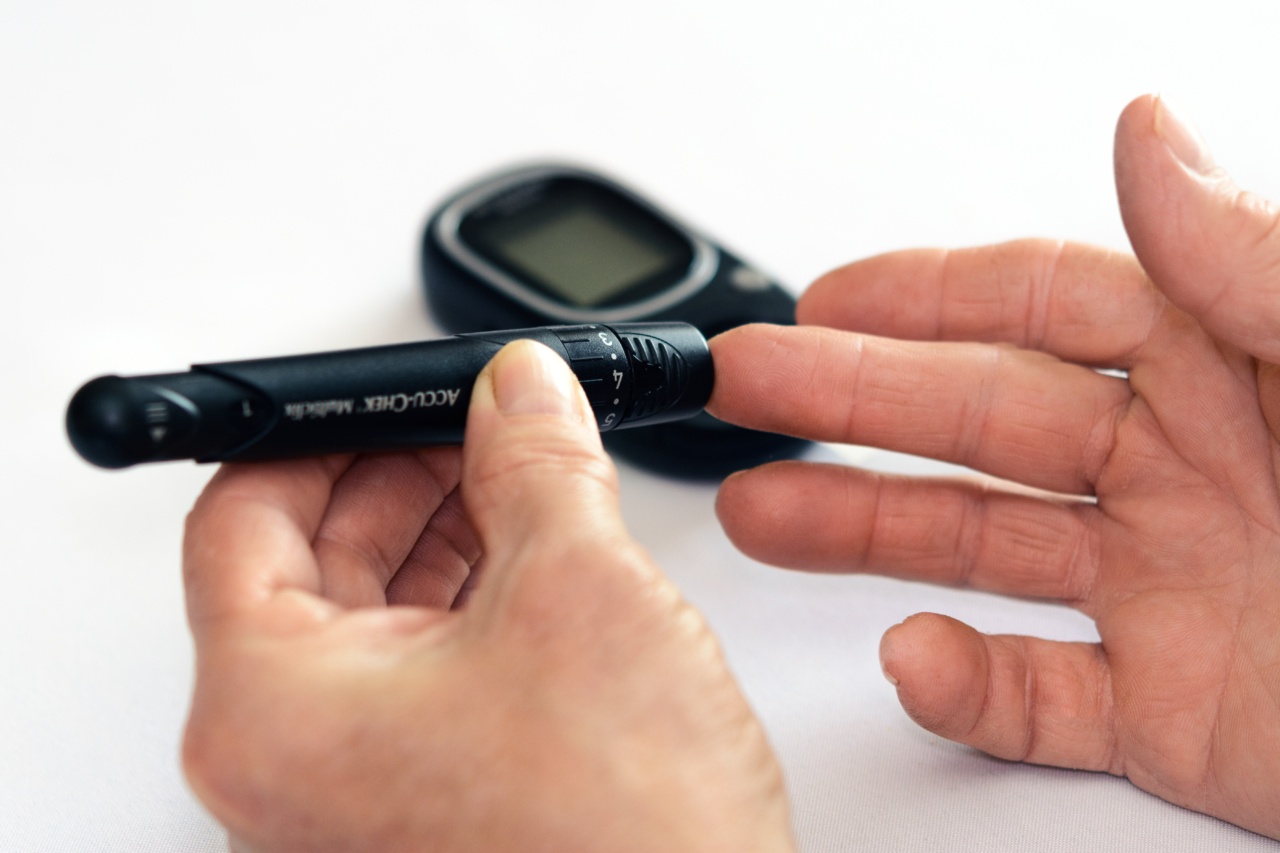Type 2 diabetes is a chronic health condition that affects millions of people worldwide. The disease is characterized by high blood sugar levels, insulin resistance, and inflammation.
While genetics and lifestyle factors play a significant role in the development of type 2 diabetes, recent research has suggested that gut pores also known as gut permeability play a role in the disease’s onset and progression. In this article, we will explore the link between gut pores and type 2 diabetes.
What are Gut Pores?
Gut pores refer to the holes or openings in the lining of the gastrointestinal (GI) tract. The GI tract runs from the mouth to the anus and includes the mouth, esophagus, stomach, small intestine, large intestine, rectum, and anus.
The lining of the GI tract comprises several layers, including the mucosa, submucosa, muscularis propria, and serosa. The mucosa is the innermost layer and consists of specialized cells that produce enzymes, digest food, and absorb nutrients. The submucosa is the next layer and contains connective tissue, blood and lymphatic vessels, and neural networks.
The muscularis propria is a thick layer of smooth muscle that moves food through the GI tract, while the serosa is a thin layer that covers the outside of the GI tract.
The mucosa is a critical component of the GI tract as it acts as a protective barrier against harmful substances, such as bacteria, toxins, and undigested food particles.
The mucosal layer contains tight junctions, which are small proteins that bind the cells of the mucosa together, creating a barrier that prevents substances from leaking into the bloodstream. Tight junctions help regulate the permeability of the GI tract by selectively allowing certain substances, such as nutrients and water, to pass through while blocking harmful substances.
However, when tight junctions become compromised, gut permeability increases, allowing harmful substances to penetrate the bloodstream.
What Causes Gut Pores?
Several factors can contribute to gut pore formation, including diet, medications, stress, and infections. A diet high in processed foods, refined sugars, and unhealthy fats can damage the GI tract lining, leading to inflammation and gut pore formation.
Medications that affect the GI tract, such as nonsteroidal anti-inflammatory drugs (NSAIDs) and antibiotics, can also damage the GI tract lining and increase gut pore formation. Stress is another factor that can affect gut pore formation, as stress hormones can alter the immune system and increase inflammation in the GI tract.
Infections, such as bacterial or viral infections, can also damage the GI tract lining, leading to gut pore formation.
The Link Between Gut Pores and Type 2 Diabetes
Research has suggested that gut pore formation can contribute to the development of type 2 diabetes. When gut permeability increases, harmful substances, such as toxins and bacteria, can leak into the bloodstream, triggering an immune response.
The immune system responds by producing inflammation, which can lead to insulin resistance. Insulin is a hormone produced by the pancreas that regulates blood sugar levels. In people with type 2 diabetes, the body becomes resistant to insulin, leading to high blood sugar levels, which can damage organs and tissues over time.
In addition to insulin resistance, gut pore formation can also affect the gut microbiome, which refers to the trillions of bacteria that inhabit the GI tract.
The gut microbiome plays a critical role in the digestion and absorption of nutrients, the immune system, and metabolic processes. Research has suggested that changes in the gut microbiome can contribute to the development of type 2 diabetes.
Harmful substances that leak into the bloodstream can alter the gut microbiome, leading to an imbalance between beneficial and harmful bacteria. This imbalance can trigger inflammation and affect metabolic processes, leading to the development of type 2 diabetes.
How to Improve Gut Pore Function
Improving gut pore function is essential for overall health and the prevention of type 2 diabetes. There are several ways to improve gut pore function, including dietary changes, stress management techniques, and lifestyle modifications.
A diet rich in whole foods, such as fruits, vegetables, whole grains, and healthy fats, can help support gut health and reduce inflammation. Foods that are high in probiotics, such as yogurt, kefir, sauerkraut, and kombucha, can help support the gut microbiome and improve gut pore function.
Additionally, managing stress through techniques such as meditation, yoga, and deep breathing can help reduce inflammation and support gut pore function. Finally, lifestyle modifications, such as regular exercise, getting enough sleep, and avoiding smoking and excessive alcohol consumption, can also support gut pore function and overall health.
Conclusion
Gut pores play a critical role in the health and function of the GI tract and overall health.
The link between gut pores and type 2 diabetes suggests that improving gut pore function may be an essential factor in the prevention and management of the disease. Dietary changes, stress management techniques, and lifestyle modifications can help support gut health and improve gut pore function, reducing the risk of type 2 diabetes and promoting overall health.





























